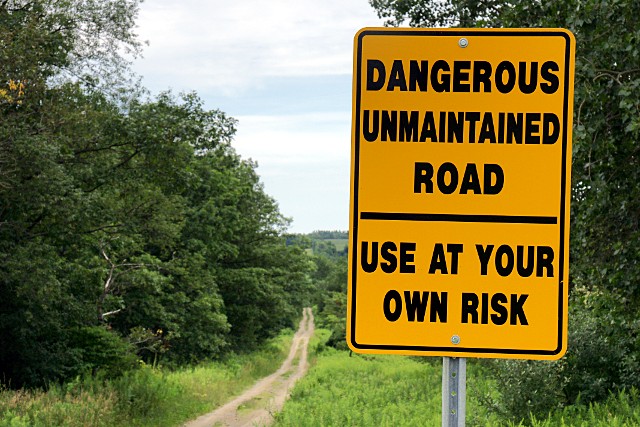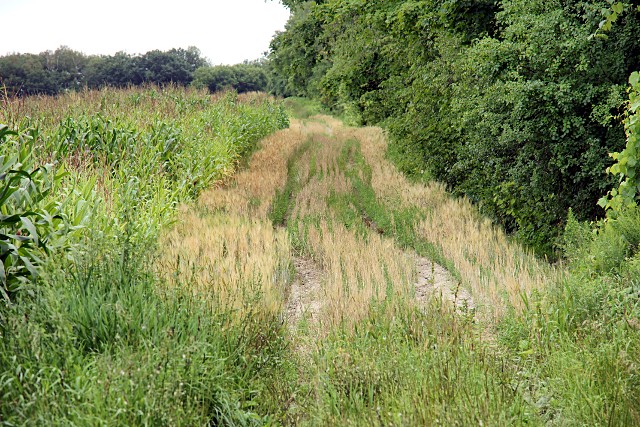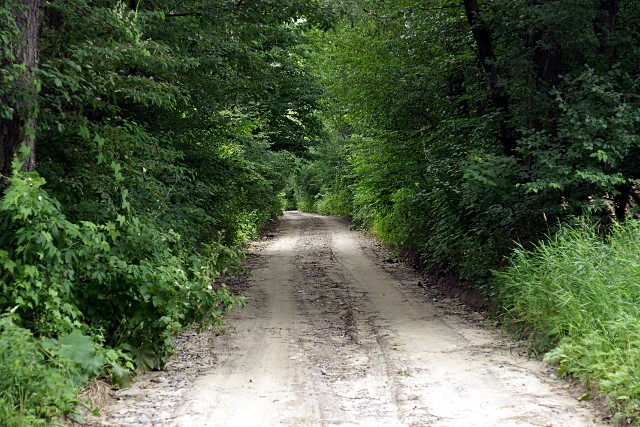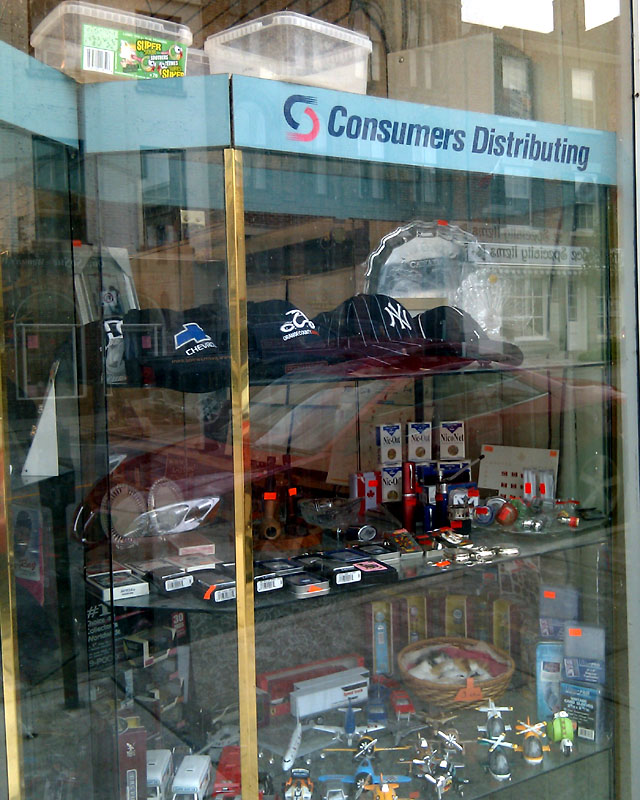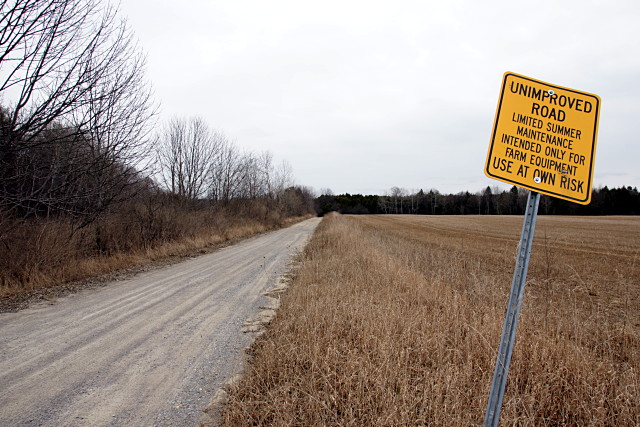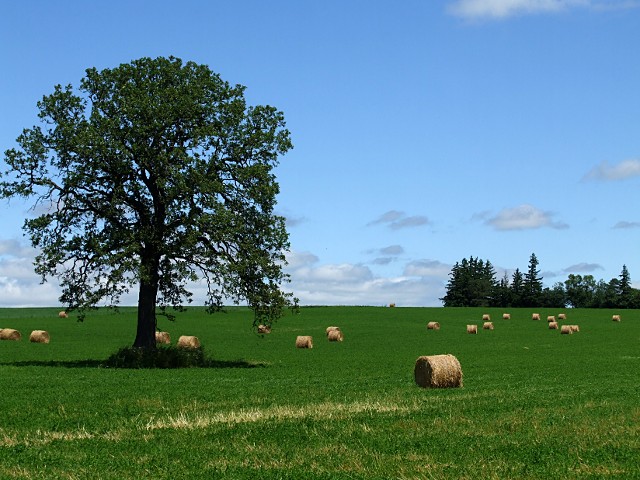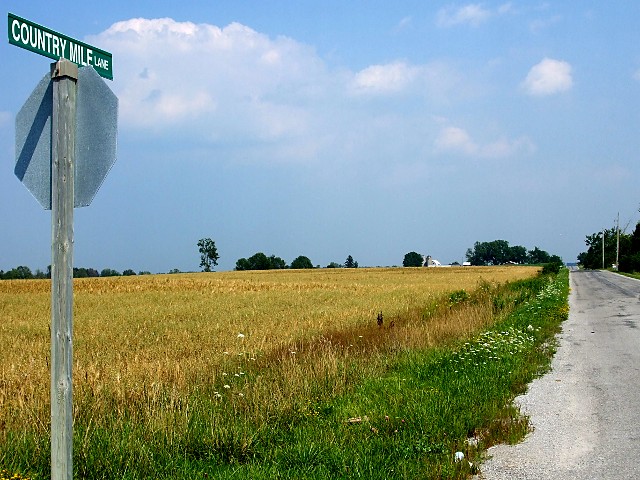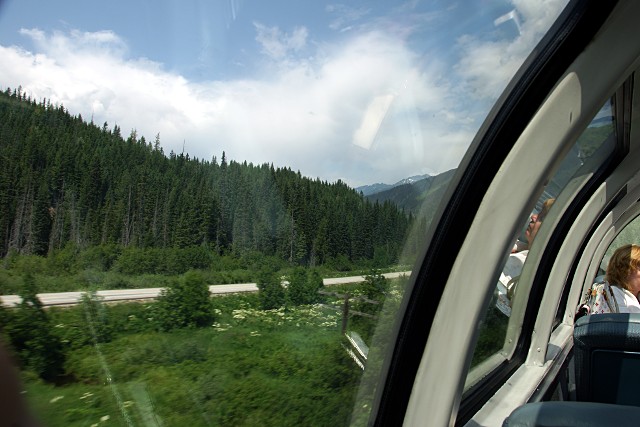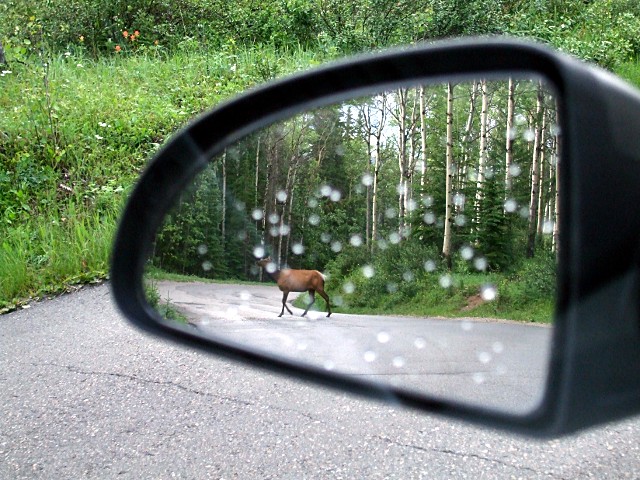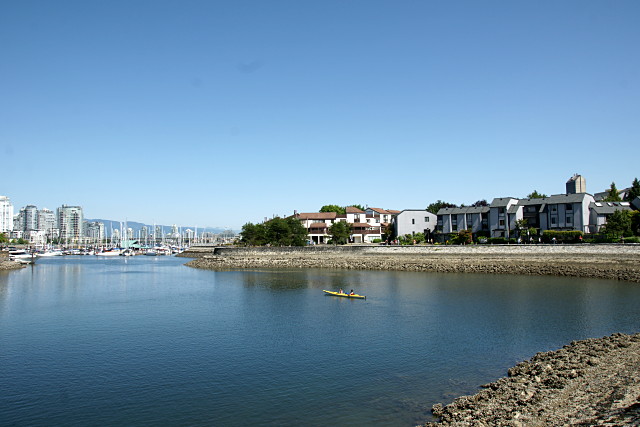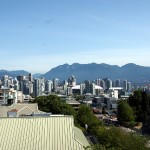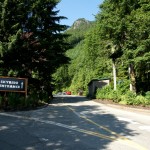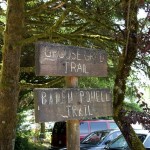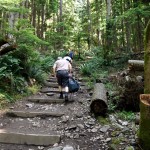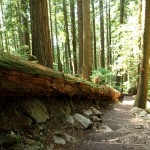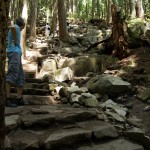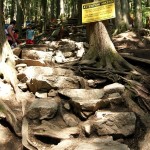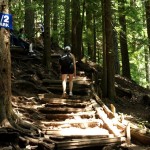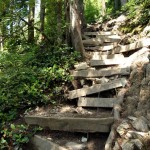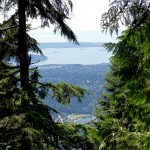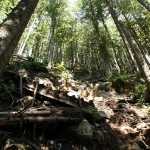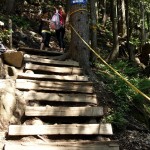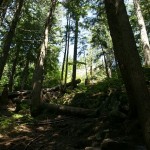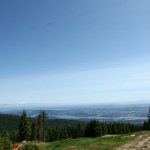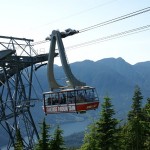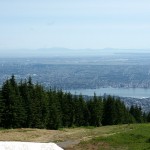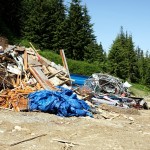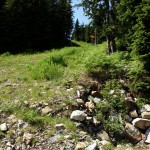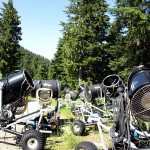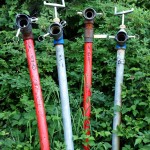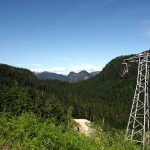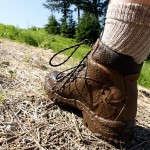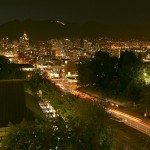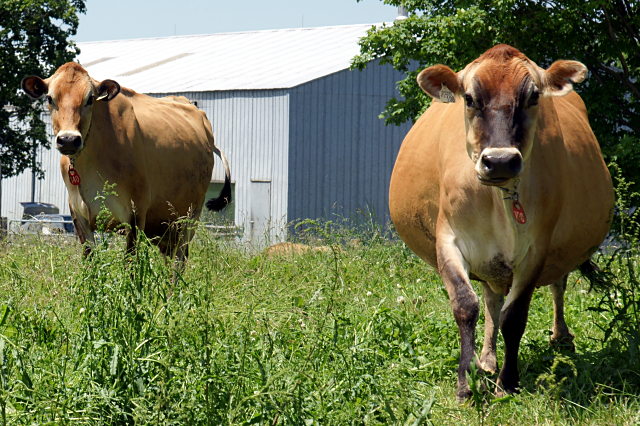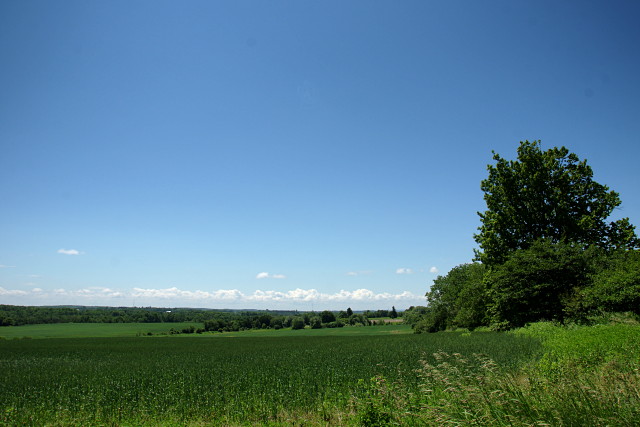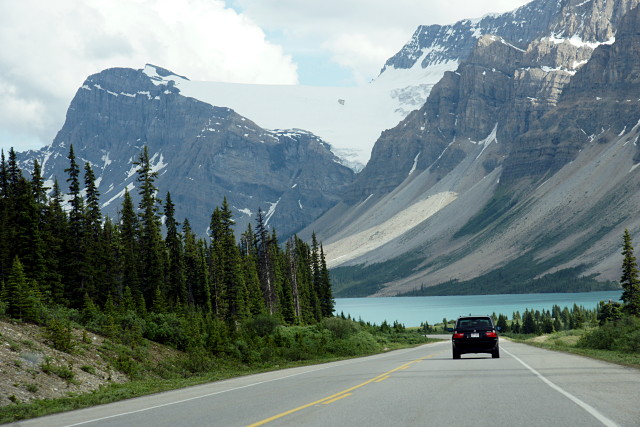
After our couple of days in and around Jasper, we headed south down the Icefields Parkway toward Lake Louise. I’ve been on some really nice drives, including the Pacific Coast Highway between San Francisco and Monterey, and the Icefields Parkway is by far the best I’ve done. Rarely do I actually want to pull over at every single lookout, but they were hard to resist on this trip.
When you’re driving down the Icefields Parkway, you have to make a decision: are you driving to your destination on a rough schedule, or are you taking pictures of all of the interesting things along the way? You have to make this decision whenever and wherever you’re on vacation, but Jasper is so filled with photographic opportunity that the choice must be made over and over again. I sometimes need to remind myself that I’m on vacation and not on a photographic expedition hunting for the perfect exposure of the most awe-inspiring vista. I know that it can be boring (at best; supremely annoying at worst) to travel with someone who’s constantly setting up a tripod, micro-adjusting focus and frame, running around with a light meter, and waiting in one spot for ten minutes for the wind to die down or the light to be just so. This picture is a perfect example of the tension between enjoying a relaxing vacation and satisfying a photographic vision:
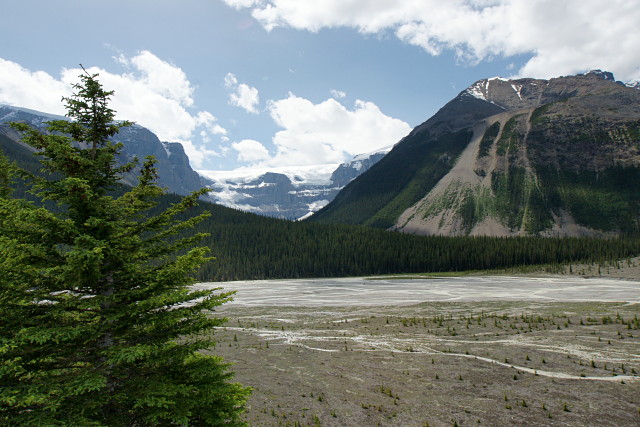
There was a very large raven sitting right on the top of that tree at the left. Several of them, in fact. One would fly away and another would take up the perch immediately afterward. So I got into position, tree in the foreground, mountain in the background, broad valley in between, a bright blue sky with fluffy white clouds filling in the blanks. Took a couple of test shots and selected my preferred exposure. But now that I was in place with the viewfinder pressed to my eye, finger on the shutter button, and everything framed perfectly, the ravens were all hanging out elsewhere: in the parking lot, in another tree, on the rocks, in the sky, anywhere but sitting on that damned tree. If I’d been here alone, I would have stood there and waited half an hour for a raven to return to the top of the tree and give me the picture I had already composed in my head. But looking over at Risa getting restless at the car, I knew my time was up. Fifteen minutes at a single lookout was enough. So there’s the picture, and not a raven in sight.
But that’s okay, because in Jasper, there’s always something else around the next corner. And Risa didn’t know it yet, but we were on a mission to trek out onto the Athabasca Glacier. All the whining in the world didn’t get me into one of those icemobiles when I was nine years old, but now that I’m old enough to pay my own way, nothing’s going to stop me. That’s the best part about growing up.
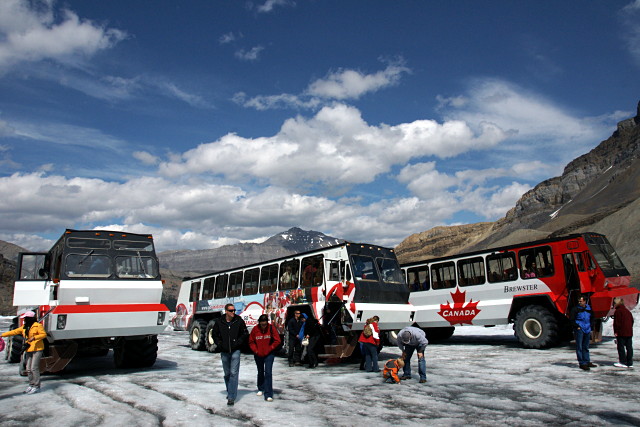
So onto the glacier we went. It was the perfect cap to an amazing drive through the mountains. There’s more about the glacier in the inevitable gallery at the end of this post. Suffice to say that it was impressive in every way.
Don’t tell Risa, but when we were planning our Western trip, I’d seriously considered trying to include some kind of cycling component between Jasper and Banff. If the Icefields Parkway is supposed to be a really nice drive, it should be an even better ride, no? Well, possibly. But passing dozens of riders on supported tours slowly grinding up one hill after another made me glad that I’d silently shelved the thought. Oh, I’m sure that I could have finished the ride, but I doubt that our marriage would have survived the 300 km trek.
On to the gallery and more observations.
Read More …
